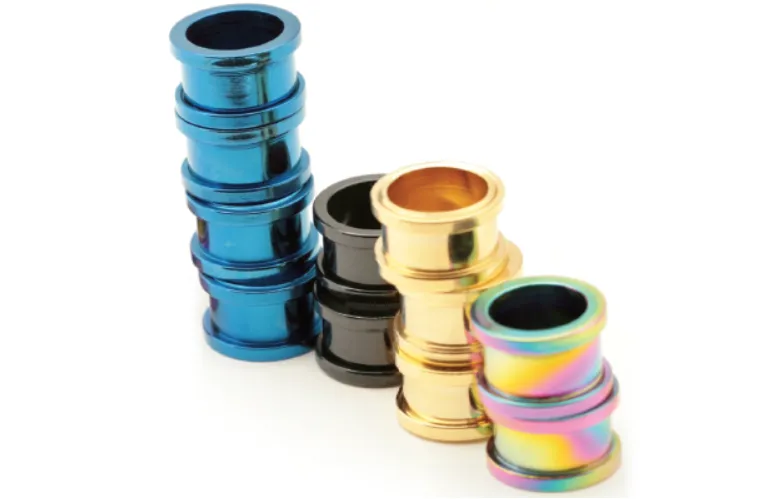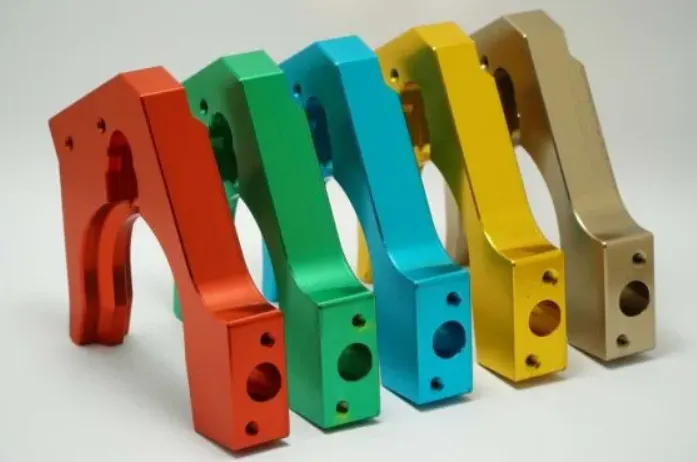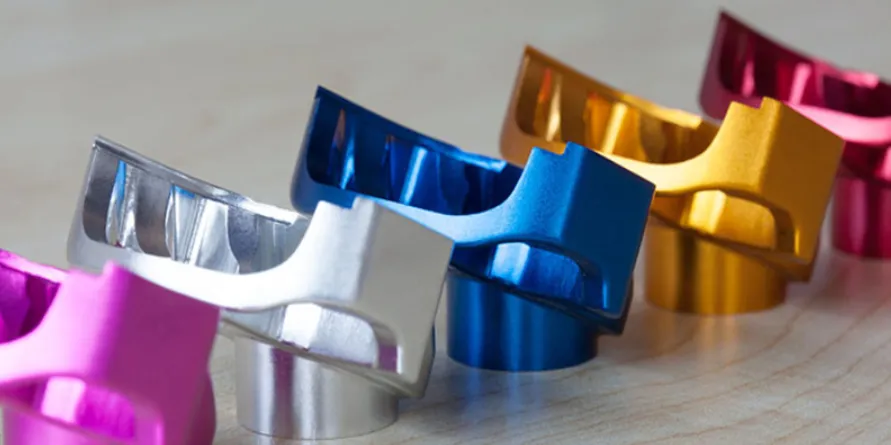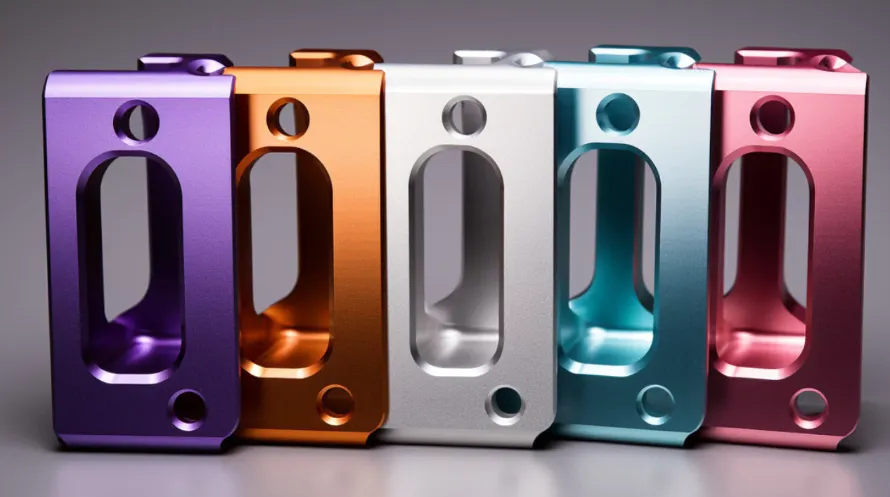Anodizing aluminum transforms the metal’s surface through controlled electrochemical oxidation, creating a porous aluminum oxide layer that outperforms the base material in hardness, corrosion resistance, and adhesive properties. The process begins with meticulous surface preparation—any residual oils or silicon inclusions will create defects in the oxide layer, so parts undergo sequential cleaning in heated alkaline baths (60°C, pH 11-12) followed by acid desmutting (25% nitric acid at 21°C). For aerospace components, a non-etching alkaline cleaner preserves critical dimensions, while decorative parts may include bright dipping in phosphoric-nitric acid mixtures to achieve mirror finishes. The real magic begins in the anodizing tank, where sulfuric acid concentrations (typically 15-20% by weight) and temperature (18-21°C) must be maintained within ±0.5% and ±0.3°C tolerances respectively—deviations beyond this range drastically affect pore formation.
 Current density becomes the master variable during anodization, with standard Type II anodizing operating at 12-18 ASF (amps per square foot) and hardcoat (Type III) pushing to 24-36 ASF. The power supply’s ripple must stay below 5% to prevent “burning”—localized overheating that creates brittle, crystalline oxides instead of the desired amorphous structure. As voltage climbs (reaching 72V for hardcoat on 6061-T6), the electrochemical reactions follow Faraday’s laws with eerie precision: for every 26.98 grams of aluminum dissolved, approximately 50.96 grams of aluminum oxide grows, with about 30% of the material building outward from the original surface and 70% growing inward. The self-ordering nanopores that characterize quality anodization form hexagonal arrays with diameters between 10-30nm, their regularity determined by the equilibrium between oxide formation at the metal-oxide interface and dissolution at the pore tips.
Current density becomes the master variable during anodization, with standard Type II anodizing operating at 12-18 ASF (amps per square foot) and hardcoat (Type III) pushing to 24-36 ASF. The power supply’s ripple must stay below 5% to prevent “burning”—localized overheating that creates brittle, crystalline oxides instead of the desired amorphous structure. As voltage climbs (reaching 72V for hardcoat on 6061-T6), the electrochemical reactions follow Faraday’s laws with eerie precision: for every 26.98 grams of aluminum dissolved, approximately 50.96 grams of aluminum oxide grows, with about 30% of the material building outward from the original surface and 70% growing inward. The self-ordering nanopores that characterize quality anodization form hexagonal arrays with diameters between 10-30nm, their regularity determined by the equilibrium between oxide formation at the metal-oxide interface and dissolution at the pore tips.

Coloring anodized aluminum exploits these nanopores through three distinct methods: electrolytic coloring (using tin or nickel salts), organic dye absorption, or interference coloring. The most durable electrolytic process involves AC current at 14-18V after anodizing, forcing metallic particles deep into the pore structure—a well-executed tin coloring can withstand 2,000 hours of salt spray testing. For vibrant hues, organic dyes like Mordant Black 17 require pH buffers to maintain dye molecule integrity, while interference colors (producing those trademark titanium-like golds and bronzes) rely on precisely controlling oxide layer thickness to ±5nm—achieved by monitoring voltage rise during anodizing as the barrier layer grows at 1.4nm per volt.

Sealing completes the process through hydrothermal precipitation, where boiling deionized water (98-100°C, pH 5.5-6.5) converts porous amorphous alumina into crystalline boehmite (AlO(OH)), expanding to plug the nanopores. Nickel acetate sealing offers superior corrosion resistance by incorporating nickel hydroxide into the pores, while mid-temperature sealing (60-80°C) with fluorides prevents dye bleed in colored parts. The final test—acid dissolution testing per MIL-A-8625—verifies sealing quality by measuring weight loss in phosphoric-chromic acid; premium anodizing loses less than 3mg/dm² after 15 minutes immersion. What begins as a simple aluminum workpiece emerges with a surface hardness exceeding 60 Rockwell C, ready to withstand decades of abrasion while maintaining its engineered aesthetic.





